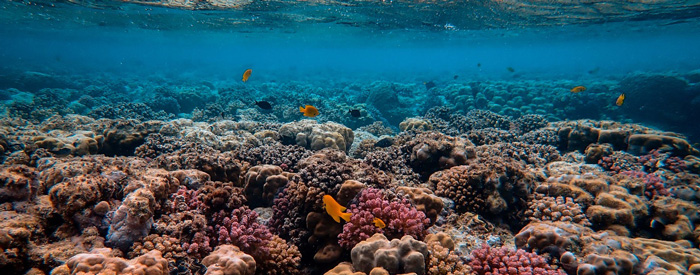
Mimicking The Toughness of Corals
The value of coral reefs in our oceans is no longer debatable, and thus there is much concern when these underwater ecosystems are dying over the last 30 years. Reports say that 55% of our reefs have perished over this time. If nothing concrete can be done about this, we may lose a very high percentage of those still alive in the next century.
Though coral reefs cover only a very small part of the ocean floor, about 25% of marine life depends on them. The reefs provide habitat and food for marine life, offer coastal protection to prevent shore erosion, reduce the impact of storms and hurricanes, it’s a source for pharmaceutical compounds and a boost to tourism. Nonetheless, many factors threaten the reefs causing them to die out, like pollution, overfishing, including climate change.
There’s a design workshop based out of California that is resorting to 3D printing to save the remaining threatened coral reefs. The workshop, called Objects and Ideograms, has done 3D printing of other objects before – like a coffee table and a coffee bar – and is now venturing into 3D modeling to create complex structures out of calcium carbonate.
Calcium carbonate is a limestone from which coral skeletons are made. Using binder jet 3D printing technology, the substrate is finely grounded and is printed to duplicate the tough and textural structure for the living polyps of coral to cling.
The workshop has partnered with the California College of Arts to build a floating laboratory at the San Francisco Bay in 2019. It is to serve as an environmental demonstration project and research platform. The plan is to use fiber-reinforced polymer composite substrate that is eco-friendly and will feature a range of topographies that can function above and below the water of the bay.
All are hopeful that a healthy and diverse underwater ecosystem using 3D printing technology and the most efficient substrate printing material can restore the threatened coral reefs for future generations.



